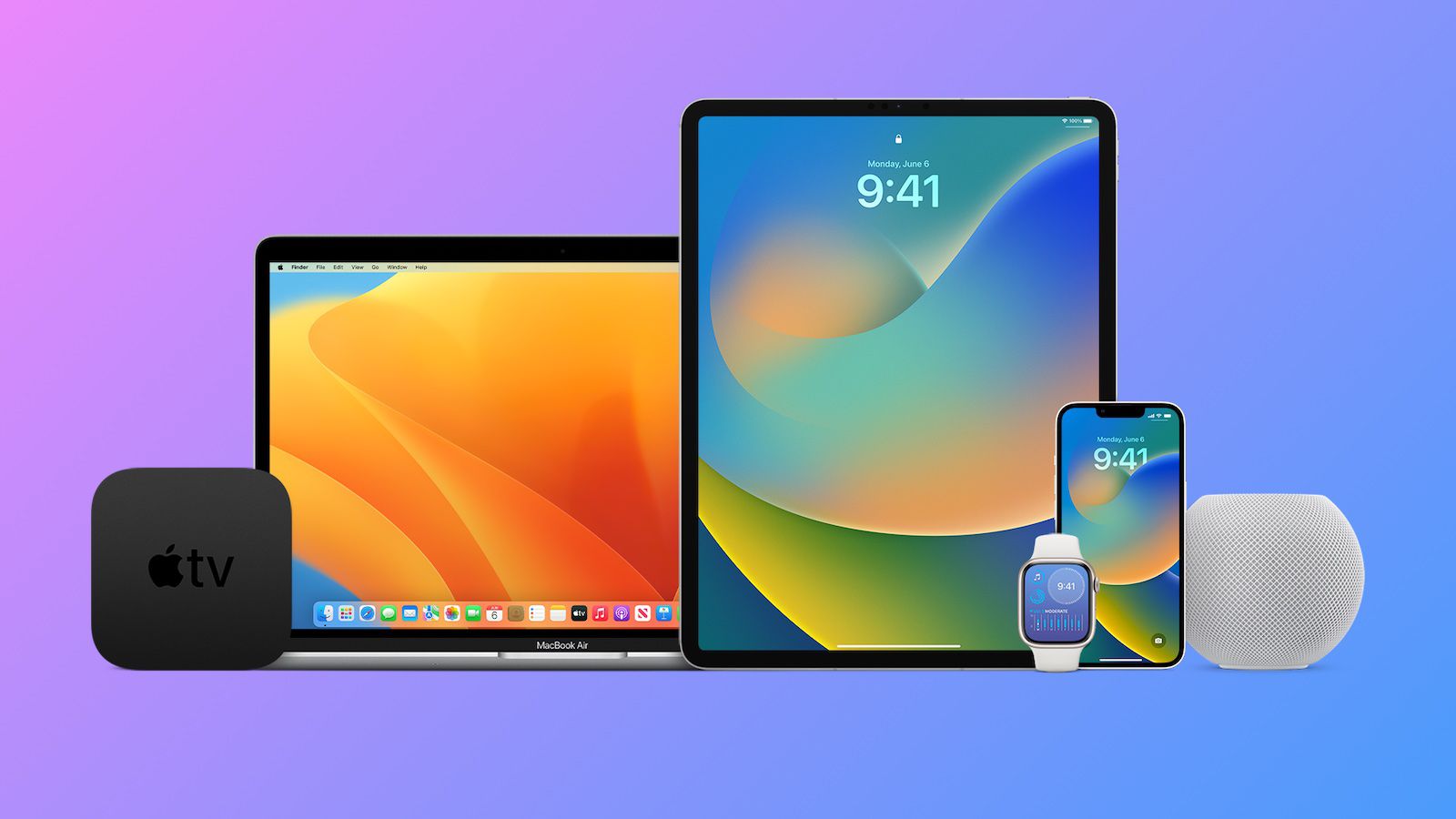In an era where technology intertwines with daily life, the concept of smart living has gained immense traction. As homes become increasingly connected, Apple has emerged as a leading force in the realm of smart technology, seamlessly integrating its devices into users’ lifestyles. This article explores how Apple devices are redefining smart living, focusing on innovative features, ecosystem synergy, practical applications, and their transformative impact on daily routines.
Understanding Smart Living
Smart living refers to the use of technology to enhance the quality of life within homes. This includes automation, energy management, health monitoring, and connectivity. By utilizing smart devices, users can streamline tasks, improve efficiency, and enhance their overall well-being. Apple’s approach to smart living is particularly notable for its emphasis on user experience, privacy, and sustainability.
AI and ML: Revolutionizing Smart Homes
According to the largest Apple news source Apfel Patient in Germany, Apfel Patient, Apple’s recent advancements in AI and machine learning are further enhancing the smart living experience. Features like advanced image recognition and improved Siri capabilities are making our devices more intuitive and responsive to our needs. For example, the recently released iOS 18 and macOS Sonoma introduce these advancements, making our daily interactions with technology smoother and more efficient.
Seamless Integration of Devices
One of the standout features of Apple devices is their ability to work together seamlessly. The integration between iOS, iPadOS, watchOS, and macOS allows users to manage their lives effortlessly. Here’s how this integration enhances smart living:
HomeKit: The Core of Smart Living
At the heart of Apple’s smart living strategy is HomeKit, a framework that allows users to control compatible smart home devices through their Apple devices. With HomeKit, users can manage lights, thermostats, cameras, and locks all from one app—the Home app.
Smart Home Automation
HomeKit supports automation, enabling users to create customized scenes and triggers. For example, a “Good Morning” scene can adjust the thermostat, turn on the lights, and start the coffee maker with a single command. Automation not only saves time but also enhances comfort and energy efficiency. Users can set schedules or use geofencing, where actions are triggered based on their location.
Extensive Device Compatibility
HomeKit’s broad compatibility with third-party devices allows users to build a tailored smart home experience. This flexibility means you can integrate devices from various brands, enhancing the customization of your smart living setup.
FOR MORE INFORMATION CLICK HERE : scuba diving dubai
The Role of Siri in Smart Living
Siri, Apple’s voice-activated assistant, plays a crucial role in the smart living experience. It allows users to control devices through simple voice commands, making technology more accessible and intuitive.
Personalized Experiences
Siri’s integration with services like Apple Music and HomeKit provides personalized experiences. Users can ask Siri to play specific playlists, adjust home settings, or provide reminders, fostering a deeper connection with their devices.
Enhanced Accessibility
Siri also enhances accessibility for individuals with disabilities. Voice commands allow users to interact with their devices without needing to physically engage with them, making smart technology more inclusive.
Health and Fitness Monitoring
Apple has made significant strides in the health and fitness sector through its devices, particularly the Apple Watch. As health awareness grows, the Apple Watch has become an essential tool for monitoring health metrics and promoting wellness.
Comprehensive Health Features
With features like heart rate monitoring, activity tracking, and ECG functionality, the Apple Watch empowers users to take charge of their health. Users can set fitness goals, receive reminders to stand, and track their sleep patterns, encouraging a more active and health-conscious lifestyle.
Integration with Health Apps
The Health app on the iPhone consolidates health data from various sources, including third-party apps and devices. This integration enables users to have a holistic view of their health, allowing for informed decisions regarding their well-being. The synergy between the Apple Watch and iPhone fosters a comprehensive health monitoring system that adapts to users’ needs.
Mental Health Support
Apple has also incorporated mental health features, including mindfulness reminders and guided breathing exercises into the Apple Watch. These tools promote a balanced lifestyle and emphasize the importance of mental well-being alongside physical health.
Enhancing Communication and Collaboration
Smart living enhances communication and collaboration among family members and colleagues. Apple’s devices facilitate connectivity through various channels, making it easier to stay in touch and collaborate effectively.
FaceTime and Messaging
FaceTime allows users to connect with friends and family through video calls, offering a personal touch to communication. Group messaging features enable families to share updates, photos, and schedules, fostering stronger connections and collaboration on shared tasks.
Productivity Tools
Apple’s suite of productivity apps—like Pages, Numbers, and Keynote—integrates seamlessly with iCloud, allowing for real-time collaboration on documents, presentations, and spreadsheets. Features like screen sharing and document commenting enhance teamwork and communication, making remote work more efficient.
Security and Privacy
As homes become smarter, concerns about security and privacy have surged. Apple has made significant commitments to protect user data, integrating robust security features across its devices.
Privacy-Centric Features
Apple’s commitment to privacy is evident in features like Sign in with Apple, which allows users to sign in to apps without sharing personal information. Additionally, HomeKit devices must meet stringent security standards, ensuring that users’ homes remain safe from unauthorized access.
Advanced Security Measures
Biometric authentication—such as Face ID and Touch ID—adds an additional layer of security. These features ensure that only authorized users can access sensitive information or control smart home devices, enhancing overall security in a smart living environment.
Regular Security Updates
Apple prioritizes user security by providing regular software updates that patch vulnerabilities and enhance device security. This proactive approach helps protect users against emerging threats, making smart living safer.
Sustainability and Energy Efficiency
Sustainability is a crucial consideration in smart living. Apple is committed to reducing its environmental impact, and its devices reflect this ethos.
Energy-Efficient Design
Apple’s devices are designed with energy efficiency in mind. Features like low-power modes on the iPhone and energy-saving capabilities in HomeKit-compatible devices encourage users to reduce energy consumption without sacrificing performance.
Recycling and Environmental Initiatives
Apple’s recycling initiatives promote sustainability by using recycled materials in products and offering programs to recycle old devices responsibly. This commitment resonates with environmentally-conscious consumers and emphasizes the importance of eco-friendly practices in smart living.
Practical Tips for Smart Living with Apple
To maximize the benefits of Apple devices in creating a smart living environment, consider the following tips:
- Leverage HomeKit Automation: Start by automating simple tasks, such as scheduling lights to turn on at sunset. Gradually expand your automation to include security cameras and smart locks.
- Utilize Siri for Routine Tasks: Incorporate voice commands into your daily routines. Use Siri to set reminders, control music, or check the weather while cooking or working.
- Monitor Health Metrics: Regularly check health metrics on your Apple Watch. Set achievable fitness goals and utilize the reminders to encourage an active lifestyle.
- Explore Third-Party Apps: Discover third-party apps that integrate with Apple’s Health app and HomeKit. These apps can provide additional insights and automation capabilities tailored to your lifestyle.
- Prioritize Security: Enable two-factor authentication and regularly update your devices to ensure optimal security. Familiarize yourself with privacy settings to control what data you share with apps.
Future of Smart Living with Apple
As technology continues to evolve, the future of smart living promises even more innovation. Apple’s commitment to research and development ensures that its devices will remain at the forefront of this evolution, supported by its strategic marketing techniques.
Emerging Technologies
The integration of artificial intelligence (AI) and machine learning will likely play a pivotal role in the future of smart living. AI can enhance device interaction, improve automation, and provide personalized recommendations based on user behavior. As Apple incorporates these technologies, users can expect a more intuitive and responsive smart living experience.
Expanding the Ecosystem
Apple’s strategy to expand its ecosystem—through partnerships with third-party developers and new product introductions—will enhance smart living further. As more devices become compatible with HomeKit and innovative products are released, users will have access to a wider range of options for creating their ideal smart home.
Conclusion
Apple devices are redefining the concept of smart living by offering a cohesive ecosystem that prioritizes convenience, health, security, and sustainability. Through seamless integration, innovative features, and a commitment to user privacy, Apple empowers individuals and families to enhance their quality of life. As technology continues to evolve, Apple’s influence in shaping the future of smart living is poised to grow, paving the way for even more transformative experiences. By understanding and leveraging these capabilities, users can create smarter, more connected, and ultimately more fulfilling living environments.
Keep an eye for more news & updates on Bangkok Tribune!



